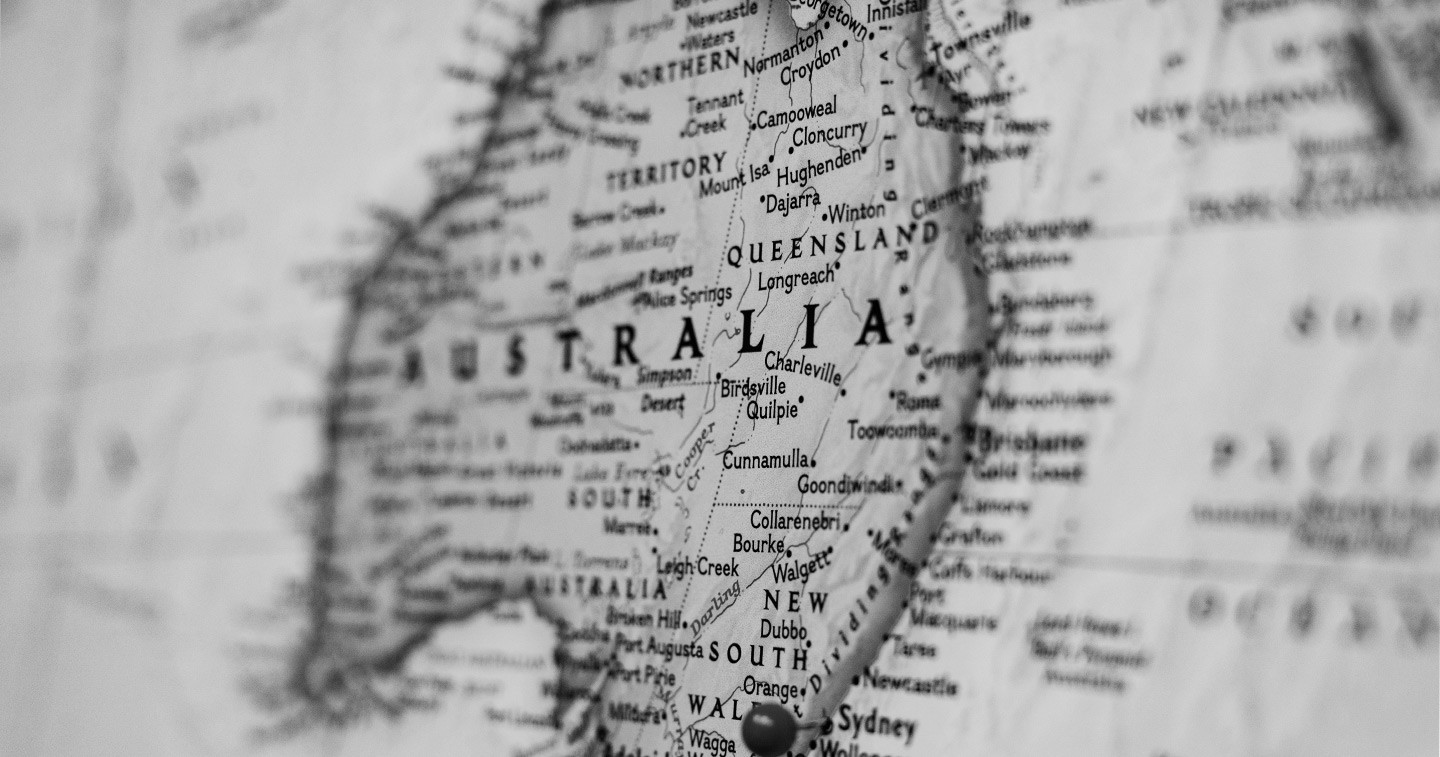AUSTRALIA — According to the IAB Australia Online Advertising Expenditure Report (OAER), total online advertising growth in the first quarter of 2020 slowed down to an overall year-on-year growth of 3.8 percent.
The report, compiled by tax and audit firm PwC, found that the drop in expenditure traditionally experienced after the December holiday quarter was more pronounced this year, with the total advertising in Q1 reaching $2.29 million in expenditure.
“While this report captures the zeitgeist of the tough start to the year we experienced Australia wide, it precedes the real impact of COVID-19,” said Gai Le Roy, CEO of IAB Australia.
“There is no doubt that the current quarter will be tougher for all in the industry but we are seeing shoots of hope in some sectors.”
Additional findings from the report show that all online advertising categories slowed down year-on-year, with the categories general display and search & directories declining by 12 percent and 4 percent respectively from the same quarter last year.

Video advertising continued to grow, increasing to 53 percent of general display advertising.
The skew towards programmatic advertising continued, with 43 percent of all advertising bought programmatically versus 38 percent bought from agencies using insertion orders (IOs).
The percentage of inventory bought directly from advertisers increased to 19 percent. Some 56 percent, the bulk of content publisher’s video inventory, was bought programmatically in the quarter.
Interestingly, the entertainment category entered the top five industry categories, joining retail, finance, real estate and automotive, despite all recording declines against the previous quarter. The technology sector experienced the largest increase in share quarter on quarter, while the travel sector experienced the largest decline.
IAB is working on the second wave of its ad impact research to understand the investment intentions of advertisers and agencies for the coming months.
Data to date shows that approximately 50 percent of advertisers who had previously pulled spending is now back in market investing, though mostly at a reduced level. The number of those who have reduced or stopped their spending all together appears to have decreased, though a significant number continue to delay investment or completely withdraw.










